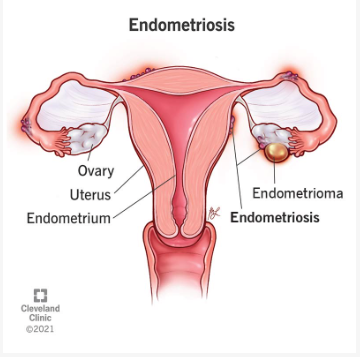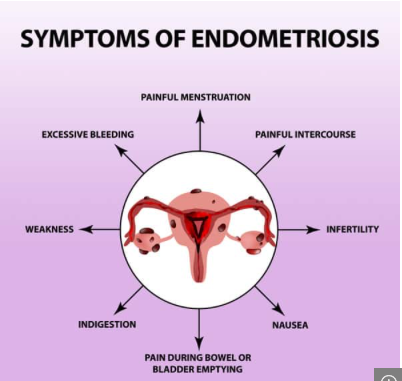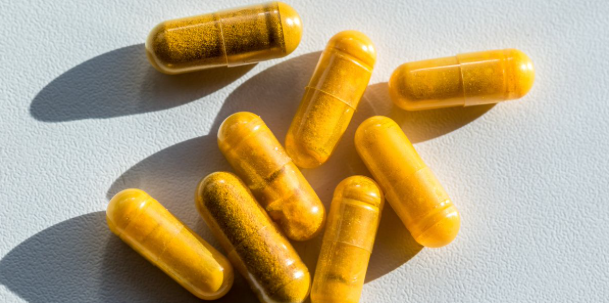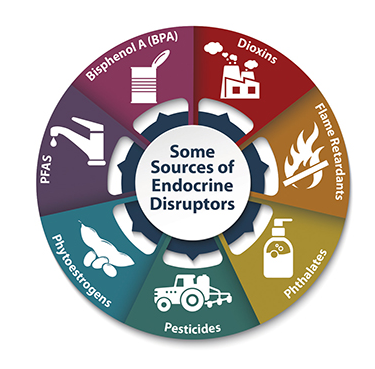March is Endometriosis Month!
Endometriosis is a complex and often misunderstood medical condition that affects millions of women worldwide. It is a chronic and often painful condition in which tissue similar to the lining of the uterus (endometrium) grows outside the uterus. This tissue can be found on organs such as the ovaries, fallopian tubes, and the outer surface of the uterus. In advanced cases, it may even spread beyond the pelvic organs.
During the menstrual cycle, this misplaced tissue responds to hormonal changes, thickening, breaking down, and bleeding. However, unlike the normal endometrial tissue that is shed during menstruation, the blood and tissue shed by endometriosis have no way to exit the body. This can lead to inflammation, scar tissue formation, and adhesions in the affected areas.

Common Symptoms of Endometriosis: Endometriosis presents with a variety of symptoms, which can vary in severity from person to person. Some of the most common symptoms include:
- Pelvic Pain: The hallmark symptom of endometriosis is pelvic pain, which may range from mild to severe. This pain may occur before and during menstruation, during intercourse, or during bowel movements or urination.
- Menstrual Irregularities: Women with endometriosis may experience heavy menstrual bleeding, irregular periods, or spotting between periods.
- Painful Intercourse (Dyspareunia): Endometriosis can cause pain during or after sexual intercourse, which can significantly impact a woman’s quality of life and intimate relationships.
- Chronic Fatigue: Many women with endometriosis report feeling extremely fatigued, even after getting adequate rest. This persistent fatigue can interfere with daily activities and productivity.
- Gastrointestinal Symptoms: Endometriosis can affect the digestive system, leading to symptoms such as bloating, diarrhea, constipation, nausea, and abdominal cramping.
- Infertility: Endometriosis is a common cause of infertility in women. The exact mechanism by which endometriosis impairs fertility is not fully understood but may involve distorted pelvic anatomy, inflammation, and hormonal imbalances.
- Other Symptoms: Some women with endometriosis may experience other symptoms such as lower back pain, urinary urgency, and depression or anxiety.

Diagnosis and Management: Diagnosing endometriosis can be challenging due to the variability of symptoms and the lack of definitive diagnostic tests. However, healthcare professionals should have a high index of suspicion for endometriosis in women presenting with severe pelvic pain or infertility.
The gold standard for diagnosing endometriosis is laparoscopic surgery, during which a surgeon can visualize and biopsy the abnormal tissue. However, imaging studies such as ultrasound or magnetic resonance imaging (MRI) may be used to evaluate pelvic anatomy and assess for signs of endometriosis.
Once diagnosed, the management of endometriosis aims to relieve symptoms, prevent disease progression, and preserve fertility. Treatment options may include surgery, hormonal therapy, pain medication, and lifestyle modifications. In my practice, I work with my patients on the lifestyle modifications that can help alleviate symptoms and improve overall wellbeing.
Nutrition:
The goals of nutritional interventions for endometriosis are to decrease inflammation in the body and balance progesterone in proportion to estrogen. I recommend a whole foods based, anti-inflammatory diet. Women with endometriosis are also more likely to be nutrient deficient due to increased immune needs, tissue damage, and excess free radicals. We want to replete nutrients essential for immune system repair and anti-inflammatory support, including zinc, magnesium, vitamin D, vitamin C, vitamin A, iron, and omega 3’s. The promotion of fatty fish, fresh fruits and vegetables, organ meats, flaxseed and chia seed, cumin, and turmeric help with nutritional management of endometriosis. It is prudent to avoid inflammatory foods like white sugar, processed foods, cooking oils, alcohol, and sometimes dairy and gluten.

Supplementation: Common supplements I use with my endometriosis patients include
Turmeric- can reduce size and activity of endometriosis lesions
Omega 3’s- anti-inflammatory
DIM- helps with estrogen metabolism and can inhibit the growth of endometrial cells
Pine Bark- can help with endometriosis pain
NAC- anti-inflammatory and anti-oxidant

Reduce Toxic Burden: Endocrine disrupting chemicals (EDCs) are substances that interfere with the normal functioning of the endocrine system, which regulates hormones in the body. Exposure to EDCs has been implicated in a wide range of health problems, including endometriosis.
Eat organic when possible, at least avoiding the “dirty dozen”
Avoid products with fragrance
Avoid touching paper reciepts
Buy toxin free beauty and cleaning products
Reduce the use of plastics and prioritize glass and metal containers

Conclusion: Endometriosis is a complex and often debilitating condition that can significantly impact a woman’s physical, emotional, and social well-being. Seeking a diagnosis and appropriate medical care can be a huge challenge in itself. Despite these challenges, there is hope. With a variety of medical and lifestyle interventions, many women do find significant relief for their symptoms and improvement in quality of life.